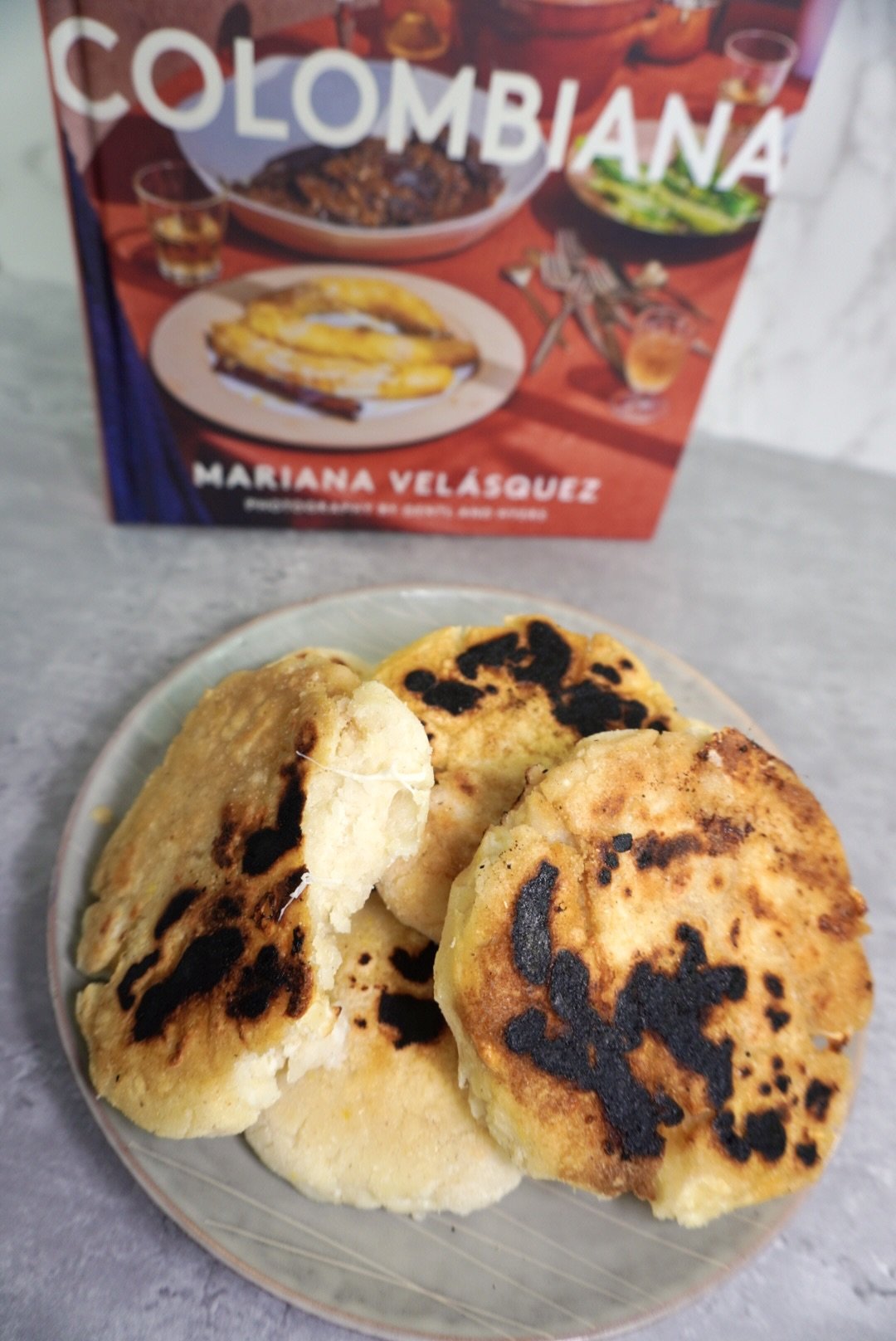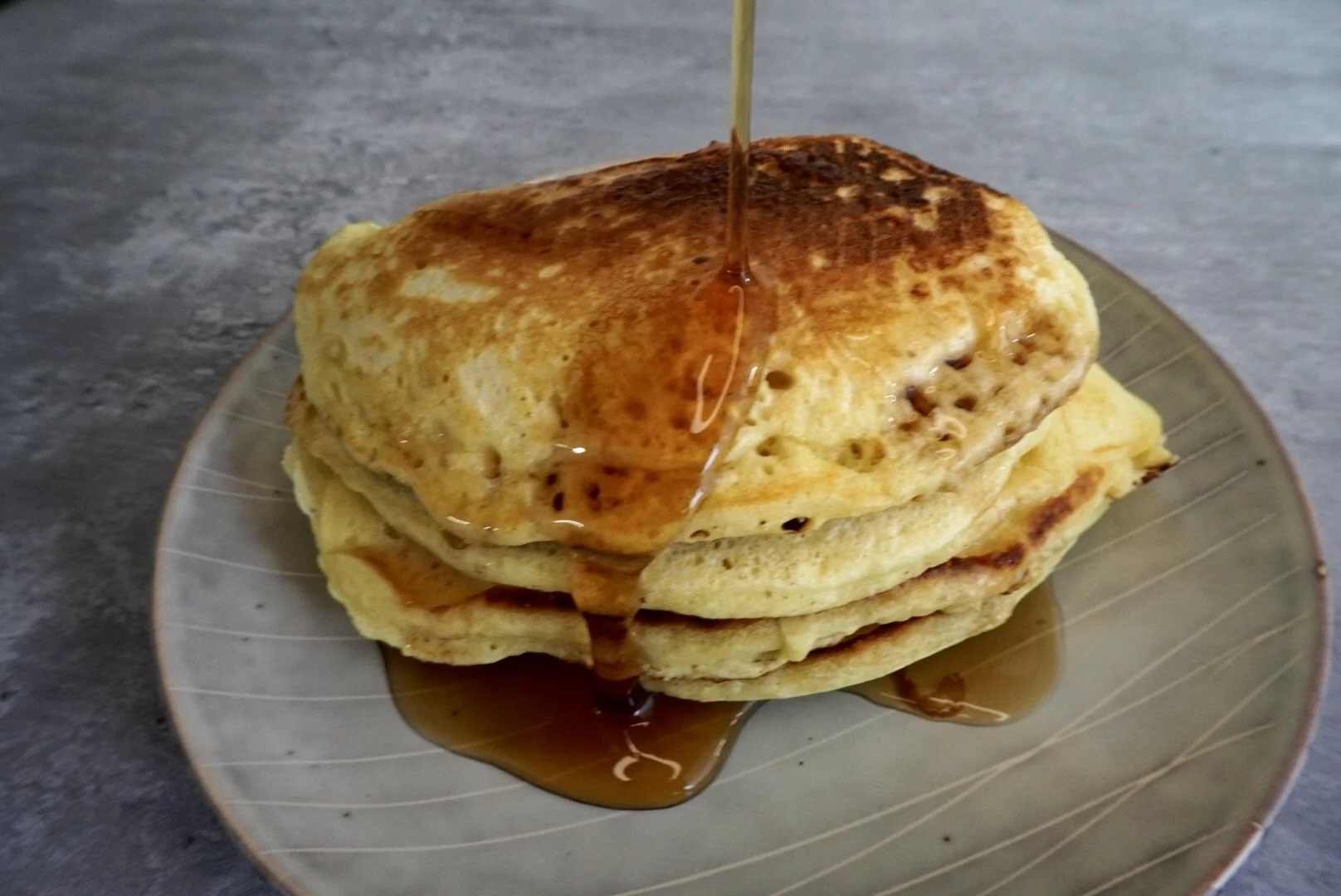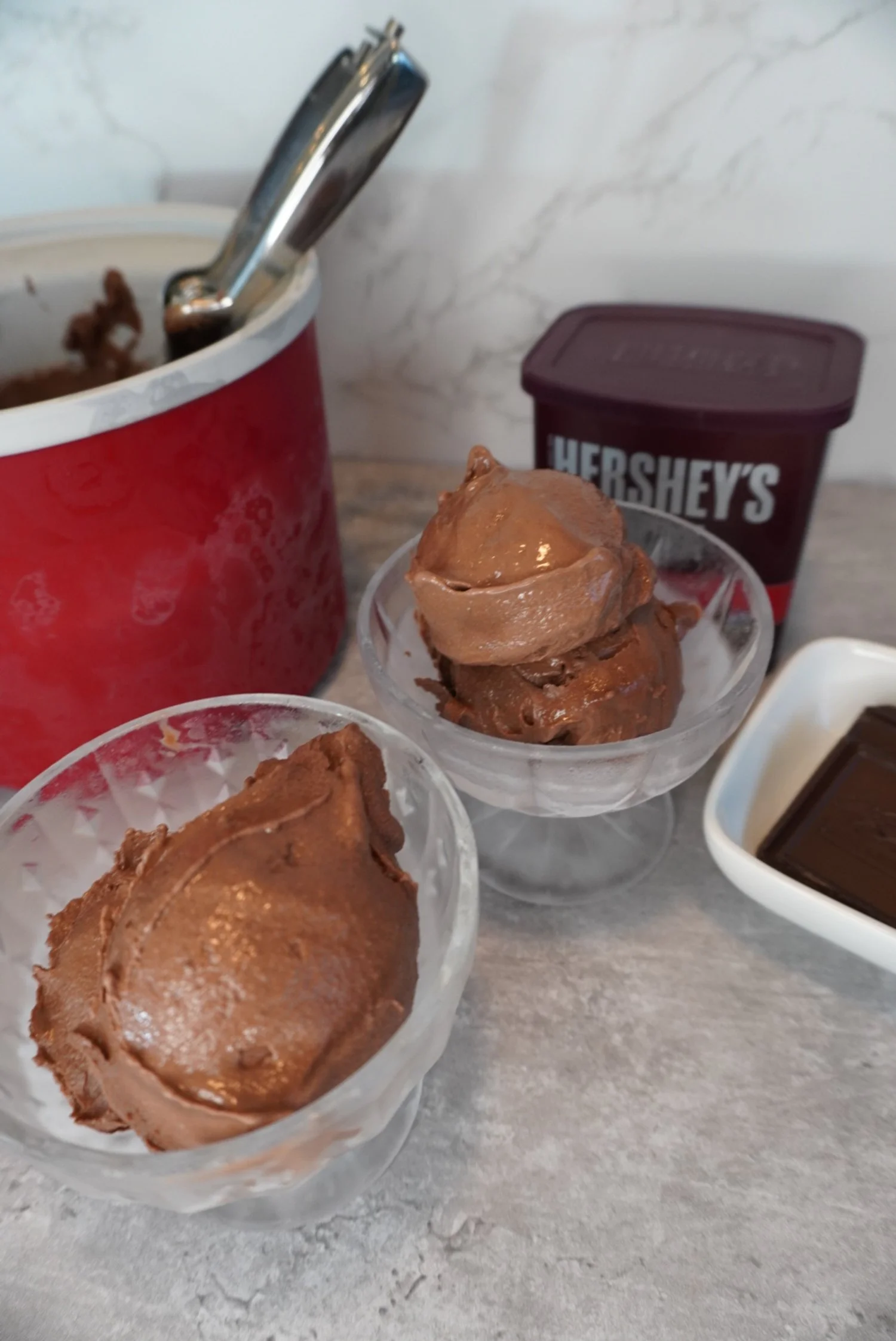This Food in History #4 Arepas
Hola and Bienvenidos to This Food in History! Today we will be visiting South America and looking at Arepas with a focus on Colombia.
A quintessential Colombian item, Arepas are grilled, griddled, or fried cakes made from ground corn, water, and salt. Every region has it’s own version. Sweet yuca, anis or green chickpea to name a few.
The Colombian Academy of Gastronomy reports at least 72 versions in the Capital, Bogota alone. To Colombians, it is simply a native Bread.
Food Historian Julian Estrada wrote an article Tribulaciones Sobre la Arepa for the newspaper Universo Centro and says:” Arepa means family, means mom, means homeland, means history, means strength, means perseverance”
But where does it come from?
Arepas are pre-Colombian and most attributed to the Indigious Timoto–Cuica in regions that split between now Colombia, Venezuela and Panama.
The original Arepas were made from women chewing corn and spitting it out to make a ground paste and dough. This would be collected in plates and then cooked in ceramics. It was then crushed with stones to be made malleable. You can still find it made this way in areas of Venezuela.
Arepa is actually from a voiced word erepa which means maize or corn.
Today these have evolved into many varieties sold in many different regions and countries. Venezuela and Colombia both make the biggest claim to the dish and have it as a staple in their daily life. Some of the varieties you can find are:
arepa e’ huevo: an arepa with a fried egg inside
Arepa de Choclo: a sweet and tender arepa that is prepped similar to a pancake
Reina Pepeada: the beauty queen: chicken with avocado, mayonnaise and peas
Sifrina, or Upper Class Girl which is Ham and cheese
Arepa’s are a versatile treat that can be as small as a snack, or one meal of its own. You can have it for any meal of the day and in many different ways.
Simple to make, simple to eat, and delicious!




